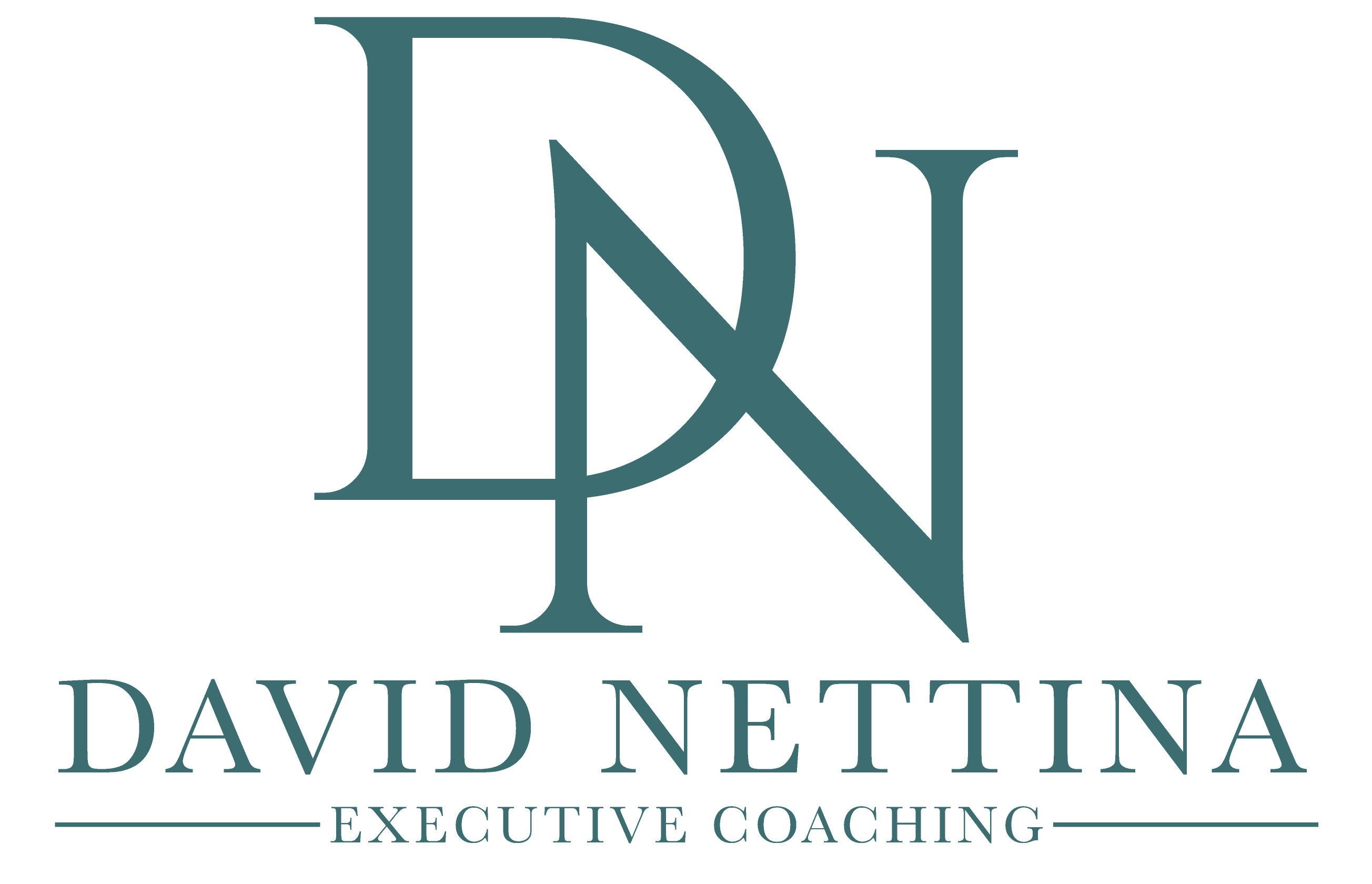Introduction:
In today’s fast-paced business world, effective communication is more crucial than ever. As a business owner, your ability to connect with people, understand their needs, and convey your message with clarity can significantly impact your organization’s success. One powerful skill that often goes unacknowledged in the realm of communication is active listening. By honing your active listening abilities, you can develop stronger relationships, foster team unity, and make more informed decisions – essential qualities for conquering the inherent stress of entrepreneurship and propelling your business forward in 2024.
Active listening is more than just hearing the words spoken by others; it’s an intentional process of truly understanding and engaging with the speaker, demonstrating empathy, and fostering genuine connections. By actively listening, you show respect and value to the speaker, breed trust, and create an environment where open, honest communication thrives. This, in turn, can lead to increased employee satisfaction, higher morale, and more effective collaboration.
In this comprehensive guide, we will delve into the numerous benefits of active listening and explore practical techniques to refine this invaluable skill. By embracing these strategies, you can unlock the true potential of your communication abilities, building stronger relationships, and fostering a positive, collaborative work culture.
As an executive coach specializing in communication and strategic thinking, we at David Nettina Executive Coaching are eager to help you develop and strengthen your active listening abilities, ultimately enhancing your overall leadership effectiveness. Reach out to us today and embark on this journey towards refined communication and lasting success.
1. The Transformative Benefits of Active Listening
Active listening can create a profound impact on your professional relationships, fostering trust, collaboration, and understanding. Some of the many benefits of active listening include:
– Improved communication: Active listening enhances your ability to understand others’ viewpoints, promoting clearer, more effective communication.
– Stronger relationships: By truly engaging and showing empathy, active listening builds rapport and deepens your connections with employees and peers.
– Enhanced decision-making: Active listening allows you to gather more accurate information and discern the core issues, leading to better-informed decisions.
– Increased trust: Active listening demonstrates respect and focus, fostering a sense of trust between you and the people you communicate with.
– Greater employee engagement: Employees who feel listened to and understood are more engaged and motivated in their roles.
2. Techniques for Developing Active Listening Skills
To enhance your active listening skills, consider implementing the following techniques:
– Remove distractions: Prioritize creating a calm, focused environment that is conducive to meaningful conversation.
– Show attention: Use body language, such as maintaining eye contact and nodding, to indicate your interest and engagement.
– Be patient: Allow the speaker to finish their thoughts without interrupting, providing them the space to express themselves fully.
– Paraphrase and clarify: Summarize the speaker’s key points to ensure you have understood their message accurately, and ask for clarification when needed.
– Practice empathy: Make an effort to understand and connect with the speaker’s emotions and experiences.
3. Overcoming Common Active Listening Challenges
Developing active listening skills can come with its challenges. Keep these solutions in mind to overcome obstacles as you work to enhance your listening abilities:
– Managing personal biases: Aim to approach conversations with an open mind, and be aware of how your assumptions and beliefs may influence your understanding of the conversation.
– Controlling nonverbal cues: Be aware of your facial expressions and body language, ensuring they convey attentiveness and engagement.
– Balancing listening and speaking: Practice the art of restraint, allowing space for the speaker to share their thoughts while still contributing valuable input when appropriate.
– Handling difficult conversations: Approach tough conversations with empathy and tact, seeking to understand the speaker’s perspective before offering advice or solutions.
4. Creating a Culture of Active Listening in Your Organization
To foster a culture where active listening thrives, set the stage by leading by example and incorporating these strategies:
– Encourage feedback: Solicit regular feedback from employees to demonstrate the value placed on their opinions and ideas.
– Train employees in active listening: Invest in training programs that highlight the importance of active listening and teach effective techniques.
– Offer support and resources: Provide tools and opportunities for employees to develop their listening skills through workshops and mentoring initiatives.
– Practice inclusive leadership: Foster an environment where diverse perspectives are valued, and everyone feels encouraged to share their unique insights.
Conclusion
Active listening is a transformative skill that can bolster communication, build stronger relationships, and enhance your overall leadership effectiveness. By mastering the art of active listening and fostering a culture that values open, genuine communication, you can create a thriving, collaborative work environment where employees feel heard, valued, and engaged.
At David Nettina Executive Coaching, we specialize in guiding business owners through the process of developing refined communication skills that elevate their leadership abilities. Reach out to us today to uncover the true potential of active listening and unlock your path to lasting success. Learn more about our executive and leadership coaching.
